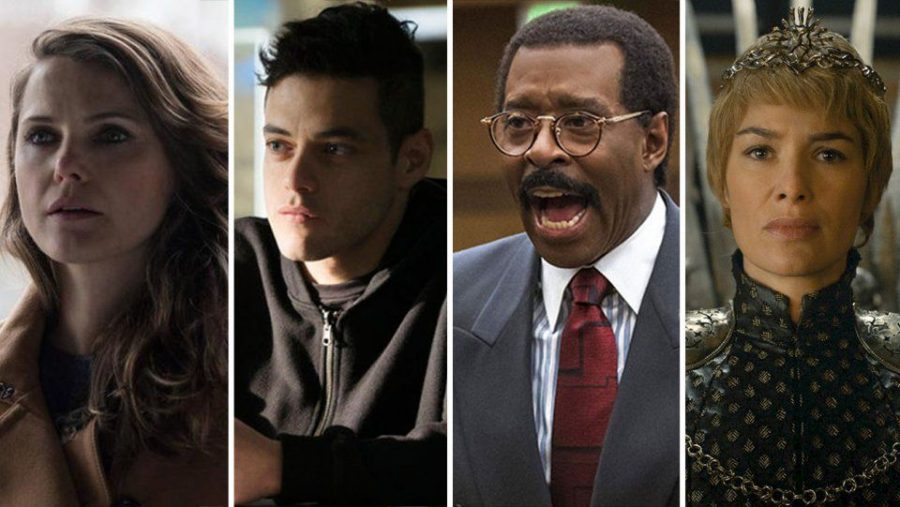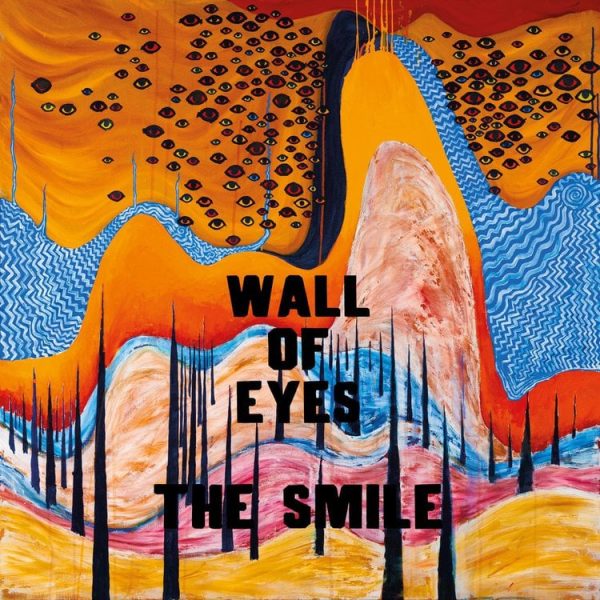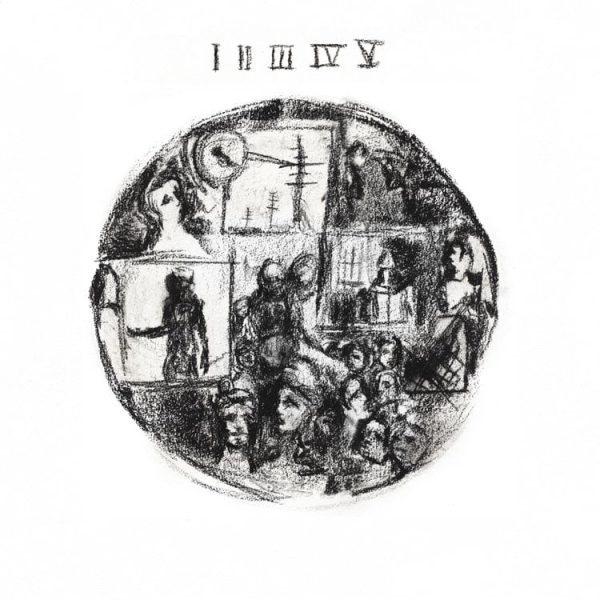A Matter of Time: Racial Diversity and the Award Shows
After many years of racial tension, Hispanic, African-American, and Asian performers are finally gaining the recognition that they rightfully deserve in the awards show arena. Some people may say that it’s about time. They can be just as good, if not better, than their white colleagues. Others would say the change is too little, too late. After all, this emergent change is nowhere near the end of racial issues in the modern world, especially near the stage or screen (regardless the size of it).
I know what you may be thinking. Award shows? Who cares about them? They look too avant-garde for “my taste.” Besides, we can’t tell them apart half the time. I, for one, say that these shows are important. Sure, they might look a little overdone, but, on the other hand, it’s a reflection of the arts, which, in and of themselves, can be seen as an exaggeration of real life. However, a lot of people wouldn’t see them as a true representation of our society and not just for the aspect of their pomp and circumstance.
For years, white actors exclusively seemed to receive more credit than they may or may not have deserved, leaving little-to-nothing left for any actor who wasn’t white. I admit that it’s ballsy to claim that racism hasn’t been wiped from everyone’s consciousness, but, in this day and age, it seems to be just the way it is.
To put it in more perspective, it helps to think over the history of these shows, and it helps if you don’t want history, especially the shameful parts of it, to repeat itself.
The Academy Awards—otherwise known as the Oscars— were first held in May 1929, by the newly-formed Academy of Motion Picture Arts and Sciences. The Academy was created out of the need to express their thoughts freely.
The American Theatre Wing’s Tony Awards were first unveiled in April 6, 1947. The Tonys were shown to honor the life of Antoinette Perry, a woman who provided great service to the stage, as well as on the battlefield during World War II.
The Emmys were first shown in 1948 for honoring the age of a new invention: the television. It may have started out as a machine possibly bent on dominating the mind, but now it can be seen as a means to help educate and enlighten the mind.
The Grammys were first held on May 4, 1959, through the National Academy of Recording Arts and Sciences. It honors the medium that is as omnipresent on this earth as oxygen, yet it can be celebrated and appreciated for what it is.
Whatever medium each award show honors, there’s no denying that the issue of race is very important indeed. Hattie McDaniel was the first African American to win an Oscar for her performance in Gone with the Wind. Needless to say, award nominations have come a long way since that time.
Attitudes toward race aren’t exactly the same as they were in 1929, the 1940s, or even the 1960s. We may be a nation of change, but sometimes, we tend to forget that change takes time. America didn’t become the “Land of the Free” overnight. America won’t become the land of equal opportunity overnight, either. We can nominate all the people of color we want, but when all is said and done, it may be decades before they can get as many nominations as their white colleagues.
As for me, I would love to have more racially diverse nominees. It would build a more complex and more complete picture of the beauty of the arts. For every Anne Hathaway, there should be an Octavia Spencer. For every Matthew McConaughey, there should be an Irrfan Khan. Plus, Lin-Manuel Miranda’s sonnet Tony acceptance speech, am I right?
However, award shows are still great to watch. They are a way of celebrating and appreciating all the artists and what they have to offer to the world. But, whenever I see the common complaint of virtually all of the nominees being too white, I have to say that this country still has a long way to go.











